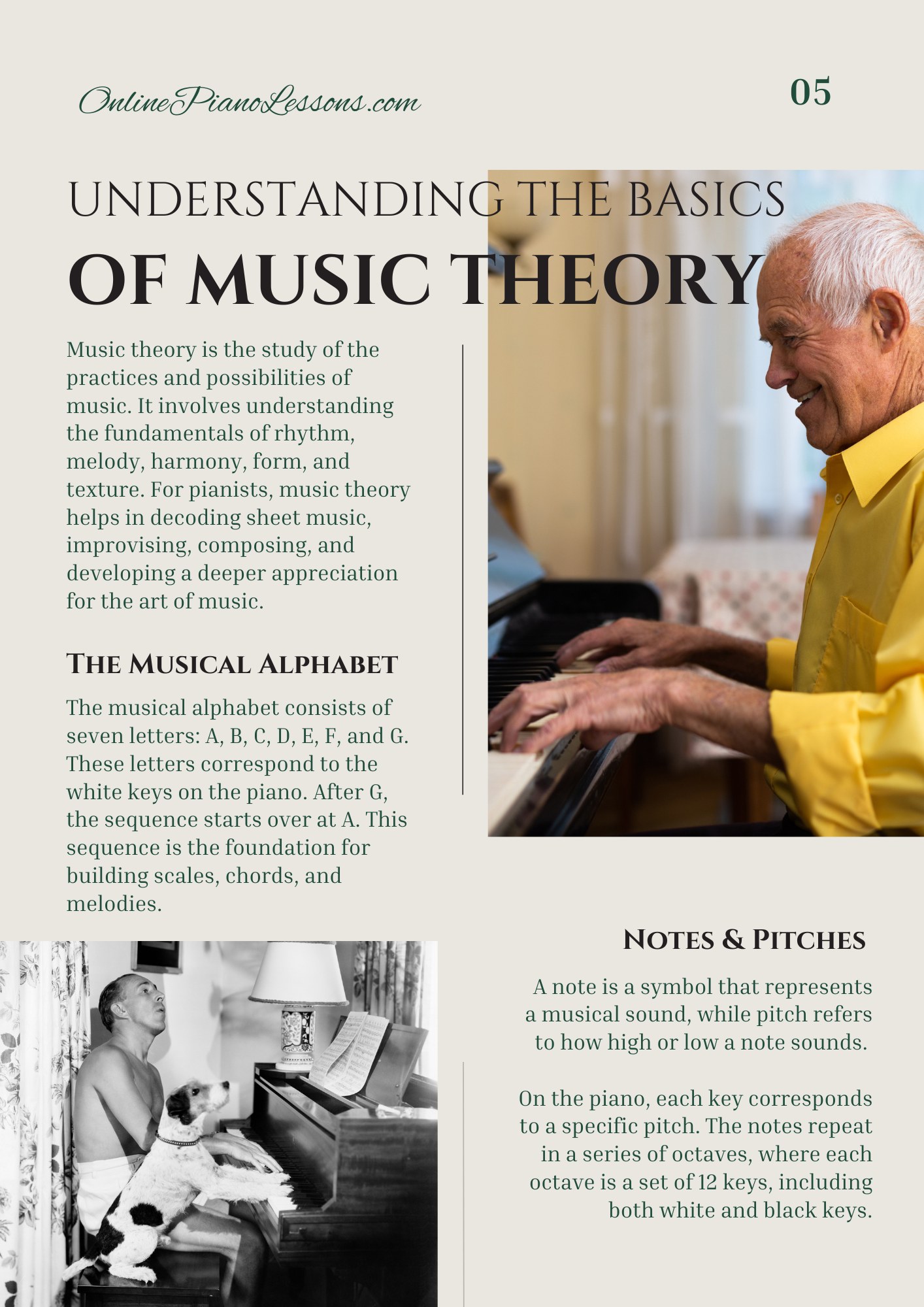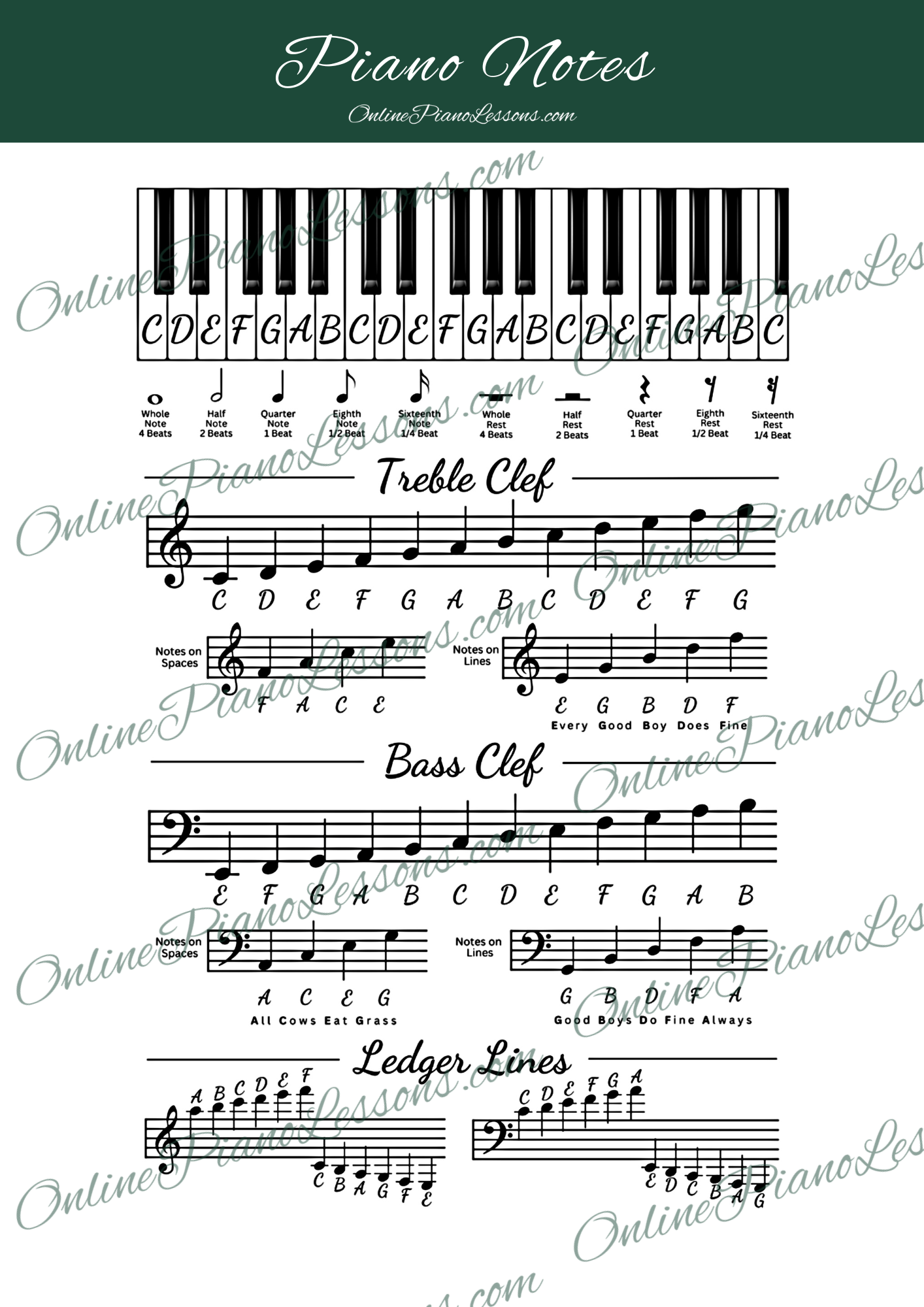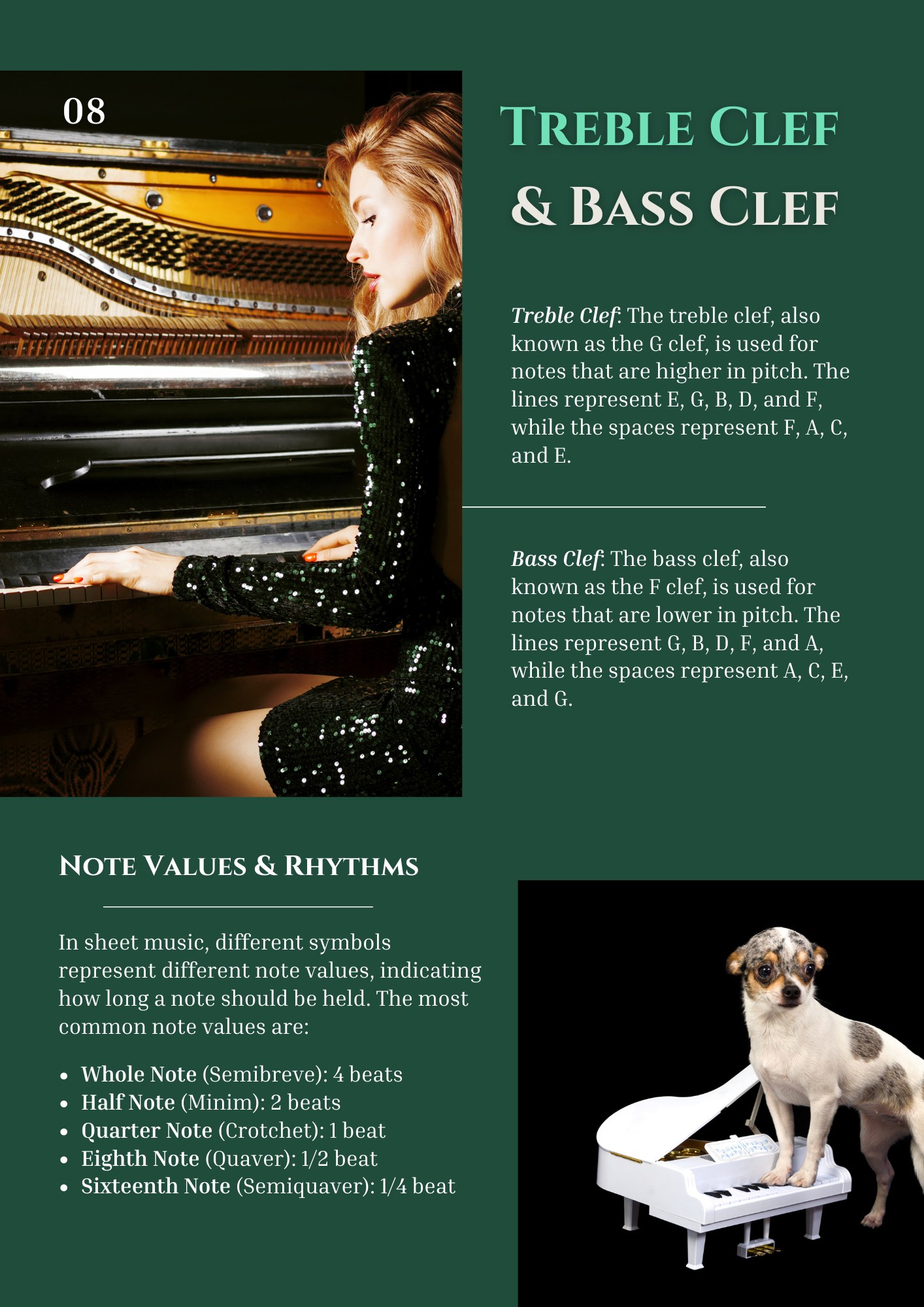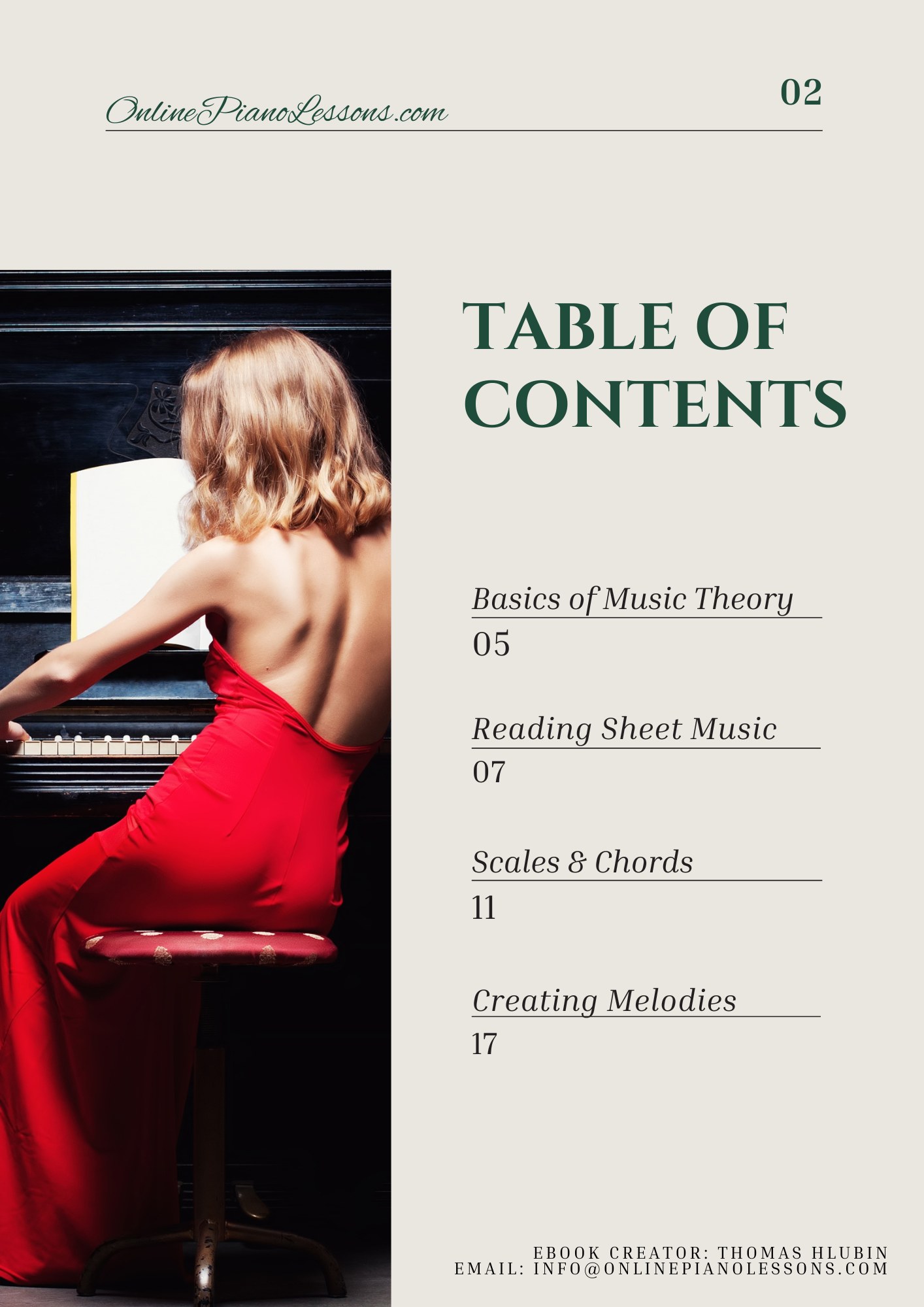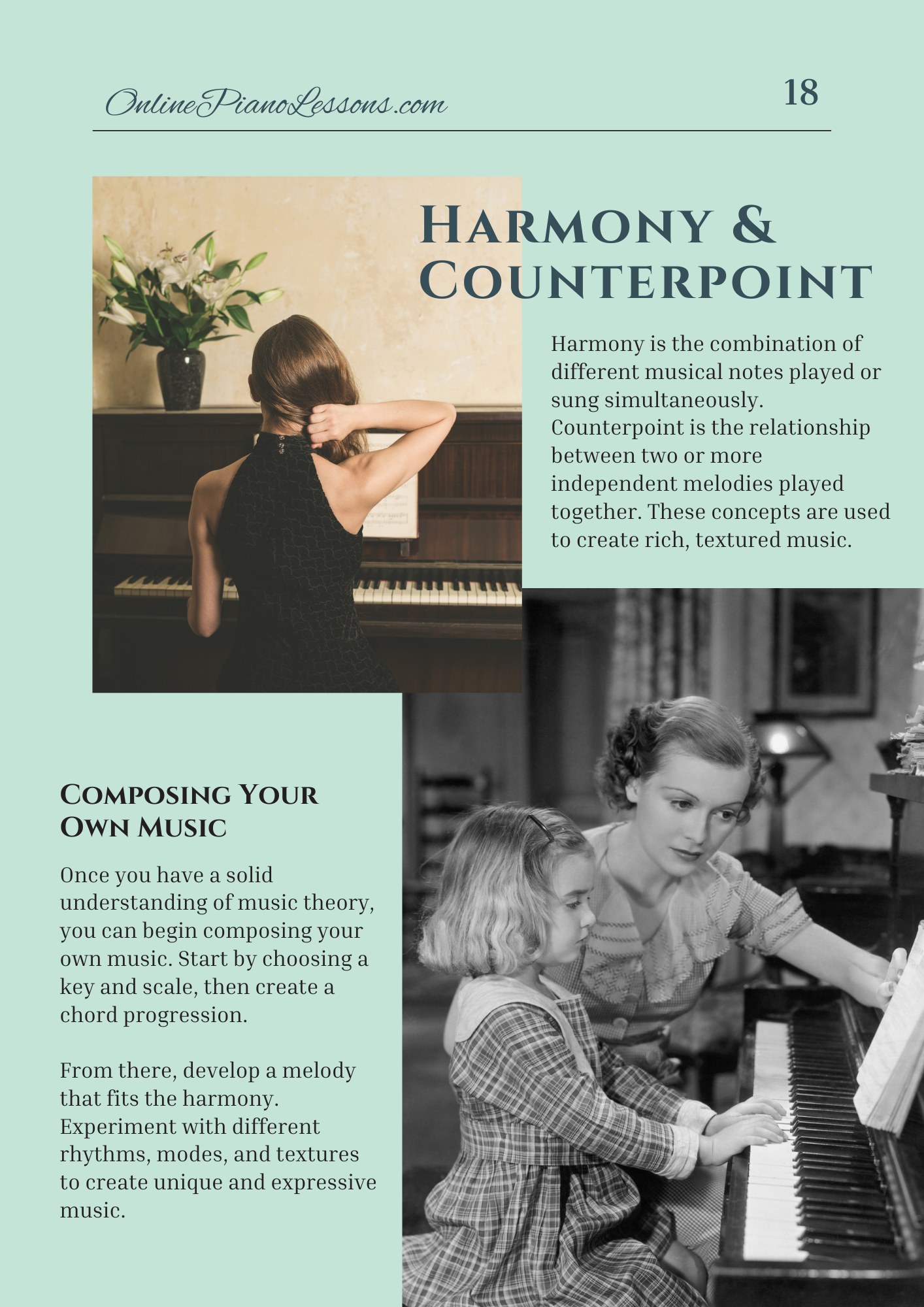When you sit down at the piano and hear a harmony that feels richer, jazzier, or more emotionally complex than a simple triad, there’s a good chance a 7th chord is at work. This guide explains exactly what 7th chords are, how they function, and how to play and use them on the piano.
Quick Preview: 7th chords add a fourth note to basic triads, creating tension, color, and functional harmony you can use on the piano for everything from pop ballads to jazz improvisation.
What is a 7th Chord?
A 7th chord is a chord made of four notes: the root, the third, the fifth, and the seventh. On the piano, you build a 7th chord by stacking thirds on top of a root note. For example, a C major triad is C–E–G; a C major 7th (Cmaj7) adds B on top: C–E–G–B. That extra note — the seventh — is what gives 7th chords their distinctive sound.
The seventh can be major, minor (also called dominant in certain contexts), or diminished, and those differences create the main families of 7th chords you’ll encounter on the piano.
The Main Types of 7th Chords (and Formulas)
Here’s a quick reference table for building 7th chords on the piano. Intervals are measured from the root:
| Chord type | Formula (in thirds) | Example (C root) |
|---|---|---|
| Major 7 (maj7) | Major 3rd + Minor 3rd + Major 3rd | C–E–G–B |
| Dominant 7 (7) | Major 3rd + Minor 3rd + Minor 3rd | C–E–G–B♭ |
| Minor 7 (m7) | Minor 3rd + Major 3rd + Minor 3rd | C–E♭–G–B♭ |
| Half-diminished 7 (m7♭5 / ø7) | Minor 3rd + Minor 3rd + Major 3rd | C–E♭–G♭–B♭♭(A)¹ |
| Fully diminished 7 (dim7) | Minor 3rd + Minor 3rd + Minor 3rd | C–E♭–G♭–B𝄫(A♭)¹ |
¹ Enharmonic spellings can look strange in notation; on the piano you’ll often play the enharmonic equivalents (e.g., A for B♭♭).
Each of these 7th chords has a different sonority and harmonic function on the piano.
Why 7th Chords Matter (Harmonic Function)
On the piano, 7th chords are fundamental to functional harmony:
- Dominant 7 (V7): Creates tension that wants to resolve to the tonic (e.g., G7 → C). Dominant 7th chords are central in classical, pop, and jazz progressions.
- Major 7 (Imaj7 or IVmaj7): Feels stable and lush; used for relaxed, dreamier colors on the piano.
- Minor 7 (ii7, iii7, vi7): Gives a softer minor quality than a plain minor triad; essential for ii–V–I progressions on the piano.
- Half-diminished & Diminished 7: Add tension and are used in passing or as leading-tone chords.
Understanding these functions helps you predict chord movement and choose smart voicings at the piano.
How to Find and Play 7th Chords on the Piano
Building from the root
Start by building stacked thirds. On the piano:
- Play the root in the left hand (or bass), then stack the 3rd, 5th, and 7th with your right hand.
- Practice in all 12 keys: root, third (smallest finger grouping), fifth, seventh. This builds muscle memory for 7th chords on the piano.
Root position and inversions
Like triads, 7th chords have inversions. For C7:
- Root position: C–E–G–B♭
- 1st inversion: E–G–B♭–C
- 2nd inversion: G–B♭–C–E
- 3rd inversion: B♭–C–E–G
Practice switching between inversions on the piano so you can voice-lead smoothly between chords.
Common voicings for piano players
On the piano, you’ll often use compact voicings to keep textures clean:
- Shell voicings: Play root and 7th in left hand (or bass) and 3rd and 5th in right hand. Great for comping.
- Rootless voicings: Omit the root and play 3–7–9–13 in the right hand while the bassist (or left hand) supplies the root. Essential in jazz piano.
- Drop-2 / Drop-3 voicings: Spread the notes between hands for lush textures and better voice leading.
These voicings make 7th chords practical and musical on the piano.
7th Chords in Progressions — Common Patterns
Some of the most used progressions on the piano hinge on 7th chords:
- II–V–I (in jazz/pop): Dm7 → G7 → Cmaj7. This progression uses a minor 7, dominant 7, and major 7 for functional motion on the piano.
- I–vi–ii–V: Cmaj7 → Am7 → Dm7 → G7 — a classic turnback progression used in standards and ballads on the piano.
- V7 → I: The basic dominant-tonic resolution; try G7 → C on the piano and listen for the pull.
Work these progression shapes on the piano in different keys to internalize how 7th chords make harmony move.
Voice Leading and Smooth Transitions
Voice leading is how individual notes move from one chord to the next. On the piano, smart voice leading often involves:
- Keeping common tones between chords (if Cmaj7 → Am7, E and G can be common tones).
- Moving the remaining voices by step (easier and smoother on the piano).
- Using inversions to minimize jumps.
Good voice leading makes 7th chords sound natural and helps your left and right hands stay coordinated on the piano.
7th Chords in Styles: Classical, Pop, Jazz, and Beyond
- Classical: Uses 7th chords (especially V7) for cadential motion and color; diminished 7s appear as leading-tone chords. On the piano, classical repertoire will require accurate voice leading.
- Pop/Rock: Dominant 7ths and minor 7ths color progressions and add warmth to ballads — think of blues-influenced hooks on the piano.
- Jazz: Treats 7th chords as building blocks. Extensions (9ths, 11ths, 13ths) and substitute chords grow out of the 7th-chord foundation on the piano.
- Gospel/R&B: Uses lush maj7 and minor7 voicings on the piano for soulful harmonies.
The piano is uniquely suited to play and hear these styles because it can supply full chordal textures and bass simultaneously.
Extensions and Alterations: Beyond the 7th
Once you can play 7th chords confidently on the piano, extend them:
- 9ths, 11ths, 13ths: Add color tones above the 7th (e.g., C9 = C–E–G–B♭–D).
- Altered dominants: #5, b9, #9 modifications to V7 for tension (G7♭9, G7♯5).
- Chord substitutions: Use tritone sub (D♭7 for G7) to create unexpected motion on the piano.
Learning these extensions makes your piano harmony more expressive and flexible.
Practice Tips for Piano Players
- Learn the formulas for each 7th chord type and practice them in all 12 keys. Aim for clean voicings on the piano.
- Practice inversions slowly, then in tempo. Inversions make transitions on the piano easier.
- Comping patterns: Practice left-hand patterns (rootless, stride, root–5th) while playing simple melodies with the right hand. This helps you accompany singers or soloists on the piano.
- Use backing tracks to experiment with ii–V–I and turnarounds, hearing how your 7th voicings function in context on the piano.
- Transcribe a song that uses 7th chords and play it on the piano to see real-world usage.
Consistent, focused practice is the fastest route to mastering 7th chords on the piano.
Notation and Chord Symbols (Quick Guide)
On lead sheets and charts you’ll see symbols:
- C7 = C dominant 7 (C–E–G–B♭)
- Cmaj7 or CM7 = major 7 (C–E–G–B)
- Cm7 = minor 7 (C–E♭–G–B♭)
- Cm7♭5 or Cø7 = half-diminished (C–E♭–G♭–B♭♭)
- Cdim7 = diminished 7 (C–E♭–G♭–B𝄫)
Knowing these symbols helps you read charts and play 7th chords quickly on the piano.
Common Pitfalls and How to Avoid Them
- Too muddy voicings: Avoid stacking every note in close cluster in the left hand; spread voicings across hands.
- Ignoring the 3–7 relationship: In many 7th chords, the 3rd and 7th define the quality — keep them clear.
- Poor voice leading: Jumping voices sounds jarring; strive for stepwise motion on the piano.
Correct technique and musical choices make 7th chords sound purposeful and polished on the piano.
FAQ — 7th Chords & Piano
Q: What is the difference between a major 7 and a dominant 7 on piano?
A: A major 7 (Cmaj7) has a major 7th (B), giving a mellow sound. A dominant 7 (C7) has a minor 7th (B♭) and creates tension that usually resolves to the tonic.
Q: Are 7th chords hard to play on piano?
A: Not inherently—start with root position then learn inversions and simple voicings. With practice, 7th chords become second nature on the piano.
Q: How do I use 7th chords in pop songs on piano?
A: Use minor 7 and dominant 7 to color progressions; try substituting maj7 for plain major triads for a smoother sound.
Q: What’s a good first exercise for 7th chords on piano?
A: Practice II–V–I in C: Dm7 → G7 → Cmaj7, using root-position and 1st-inversion voicings.
Q: Do jazz pianists always play the root of a 7th chord?
A: Not always. Jazz pianists often play rootless voicings and leave the root to the bassist, focusing on 3rd/7th and extensions.





 I love playing piano, creating new melodies and songs, and further developing my online piano course and making updates/additions to my site OnlinePianoLessons.com!
I love playing piano, creating new melodies and songs, and further developing my online piano course and making updates/additions to my site OnlinePianoLessons.com!  Now that is what I call fun!
Now that is what I call fun!

